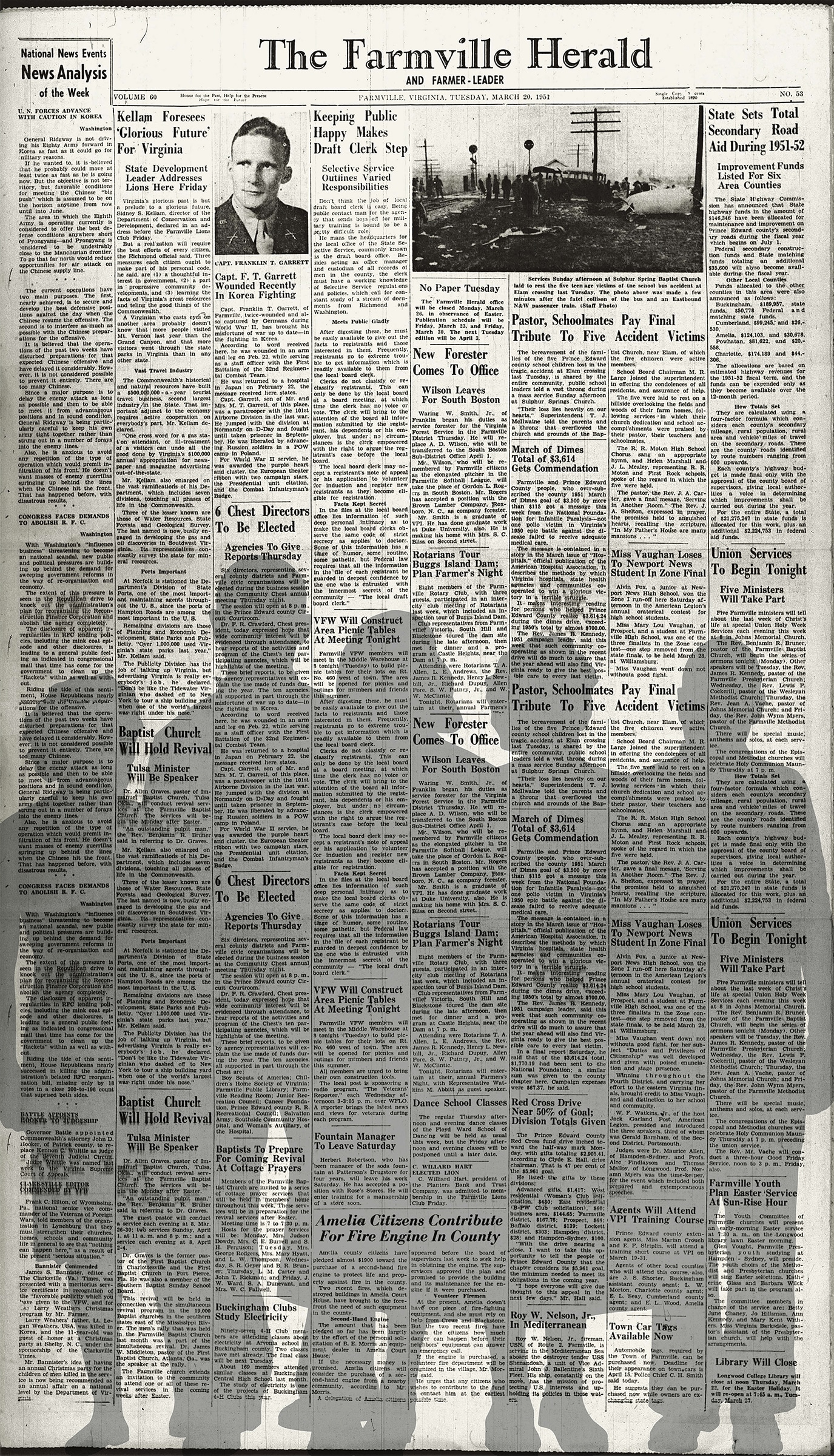MR. T. MAYFIELD, Assistant Vocational Agriculture Instructor
MRS. M.B. MILLER, Home Economics Instructor
MISS H.P. JOHNSON, Assistant Home Economics Instructor
MR. J.W. McLENDON, Vocational Agriculture Instructor
MR. J.A. BAKER, Assistant Vocational Agriculture Instructor
MR. W.A. SMITHERS, Assistant Vocational Agriculture Instructor
MRS. W.B. HENDRICKS, Secretary to the Vocational Agriculture Department
















